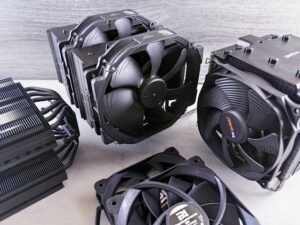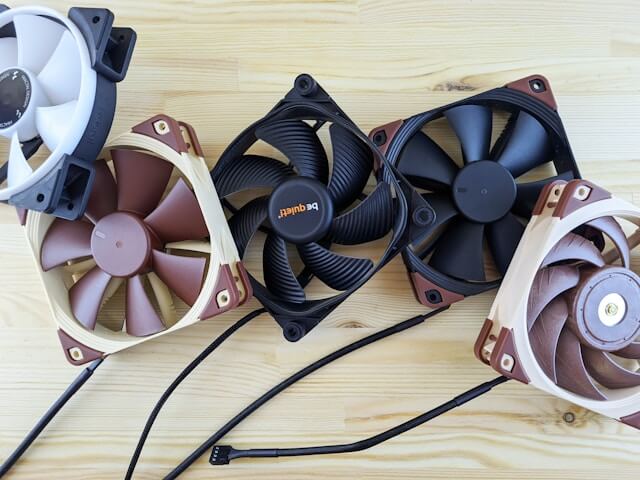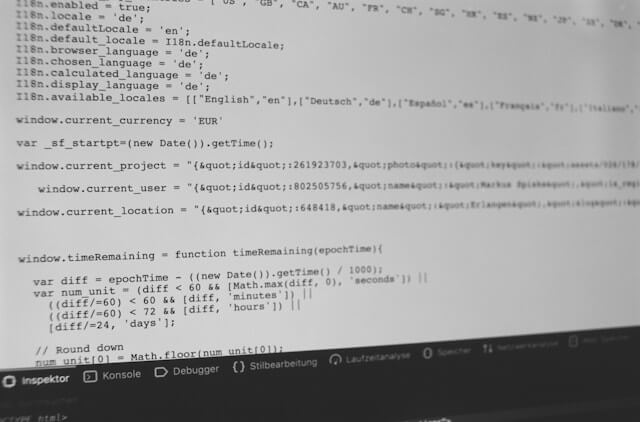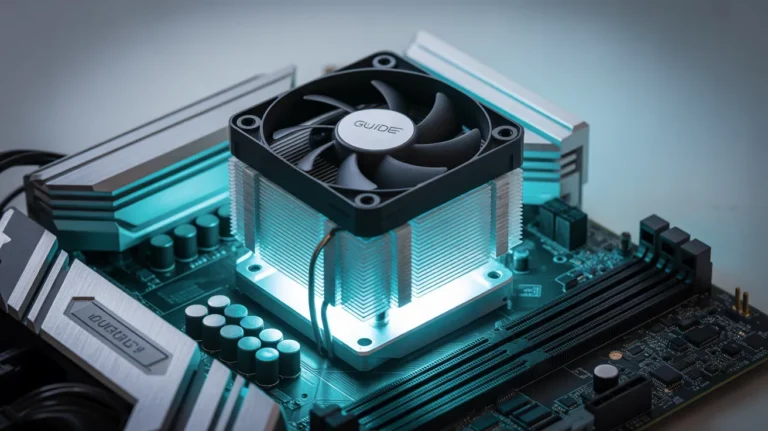Is 4000 RPM Too Low for a CPU Fan? Explained
No, 4000 RPM is not too low for a CPU fan. In fact, it’s typically considered very fast. Most CPU fans run between 1000-3000 RPM under normal conditions.
The health of your computer relies heavily on its cooling system. A CPU fan plays a crucial role in maintaining optimal temperatures for your processor. However, questions often arise about fan speed and efficiency. One common query is: Is 4000 RPM too low for the CPU fan? Understanding whether this speed is adequate or problematic is essential for ensuring your system runs smoothly.
In this article, we will explore CPU fan RPM in detail, discuss whether 4000 RPM is sufficient, and highlight potential risks associated with low fan speeds. By the end, you’ll have a clear understanding of how fan speed impacts your computer’s performance and longevity.
Understanding CPU Fan RPM
CPU fan RPM (Revolutions Per Minute) indicates how fast the fan spins to move air across the heatsink and cool the processor. It plays a key role in maintaining optimal CPU temperatures. Higher RPMs typically increase airflow and cooling performance, but also generate more noise.
However, RPM alone doesn’t determine cooling efficiency; fan size, blade design, and system airflow also matter. A well-balanced cooling system uses RPM effectively to keep the CPU cool without excessive noise or power consumption.
Is 4000 RPM Considered Too Low?
No, 4000 RPM is a high speed for most CPU fans. Typical fan speeds range from 600 to 2500 RPM. A fan running at 4000 RPM is spinning quite fast and may indicate high-performance cooling or an unusually hot CPU.
Unless you’re using a fan designed to run at much higher speeds (like in some server or overclocked systems), 4000 RPM is more than sufficient and may even be excessive for typical usage, potentially resulting in unnecessary noise.
Potential Risks of Low CPU Fan RPM
Low CPU fan RPM can lead to inadequate cooling, especially under heavy workloads or high ambient temperatures. This may cause the CPU to overheat, triggering thermal throttling, which slows performance to reduce heat or even sudden shutdowns to protect the hardware.
Over time, consistently high temperatures can shorten the lifespan of your CPU and other components. If the fan speed is too low and temperatures are rising, it’s a clear sign your cooling system needs adjustment or an upgrade.
Also Read: Is 50 Degrees Celsius Hot for a CPU?
How to Monitor and Adjust CPU Fan RPM
You can monitor CPU fan RPM using software like HWMonitor, SpeedFan, or your motherboard’s utility (e.g., ASUS AI Suite, MSI Afterburner). These tools show real-time fan speeds and temperatures.
To adjust RPM, enter your BIOS/UEFI settings or use fan control software to set custom fan curves. This lets you balance cooling performance and noise by increasing fan speed under load and keeping it low during idle. Make sure changes keep your CPU within safe temperature limits.

Noise Considerations at 4000 RPM
At 4000 RPM, most CPU fans, especially smaller ones, can produce significant noise, often described as a high-pitched whine. This speed is generally considered loud for typical desktop use and may be distracting in quiet environments.
Larger fans tend to move more air at lower RPMs, making them quieter alternatives. If noise is a concern, consider adjusting fan curves, using PWM controls, or upgrading to a larger, quieter cooler.
When to Worry About Fan Speed
You should worry about fan speed when your CPU temperatures consistently exceed safe limits (typically above 85, 90°C), or when the fan runs at maximum RPM constantly without effectively cooling the system.
Sudden changes in fan behavior, excessive noise, or system instability can also indicate cooling issues. Monitoring software can help you track RPMs and temperatures to ensure your cooling setup is functioning properly.
Conclusion
The answer depends on your system, workload, and cooling requirements. For light tasks and casual use, 4000 RPM is often adequate. However, for intensive applications or demanding environments, you may need higher speeds to prevent overheating and ensure optimal performance.
Monitoring your CPU temperature is the best way to determine whether your fan speed is sufficient. Tools like HWMonitor can help you track thermal readings and identify potential issues. If your system consistently runs hot, consider increasing fan RPM or upgrading your cooling setup.
Ultimately, a well-maintained cooling system is key to prolonging your computer’s lifespan and avoiding unnecessary risks. Whether you’re gaming, working, or simply browsing, ensuring your fan operates at the right speed will keep your system safe and efficient.
FAQs
How much RPM should my CPU fan be?
A typical CPU fan should operate between 1000-3000 RPM, depending on workload and cooling requirements. Higher RPMs offer better cooling but generate more noise. Adjust settings based on temperature performance.
Is a 400 RPM fan good?
A 400 RPM fan is generally too slow for effective CPU cooling and is typically only suitable for large, high-airflow case fans. For CPUs, higher RPM is needed to maintain safe temperatures.
Is 2000 RPM good for a GPU fan?
Yes, 2000 RPM is normal and effective for a GPU fan under gaming or heavy workloads. It helps maintain optimal temperatures without causing excessive noise in most cases.
Is it okay to put a CPU fan at full speed?
Yes, running a CPU fan at full speed is safe and can improve cooling performance. However, it may lead to increased noise and unnecessary wear if temperatures don’t require it.
What is a normal RPM range for CPU fans?
- Normal idle RPM: 600–1200
- Under load: 1500–2500
- High-performance fans may exceed 3000 RPM, but that’s not common for most consumer setups.







